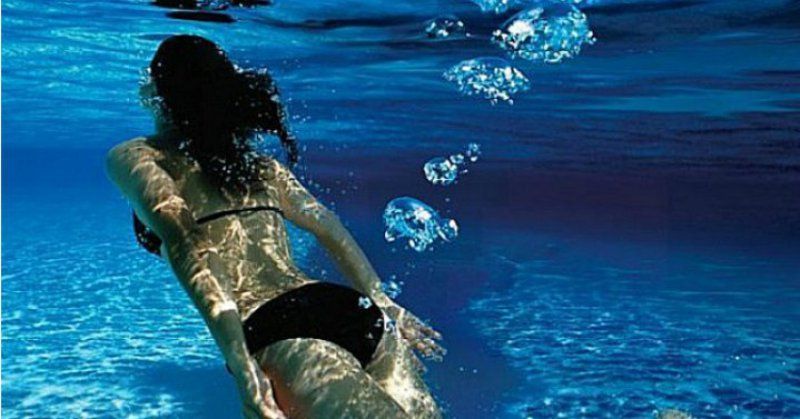Visitors to Denmark often laugh at signs warning motorists they are about to enter a ‘fartkontrol’ (speed control) zone, but maybe they should start putting them up in the National Gallery of Denmark (SMK) and the Black Diamond library, reports Politiken.
Because while flatulism as an artform pretty much died out at the beginning of the 20th century, humankind’s propensity to breaking wind is still making quite an impression on the world of art.
Not just darkening underpants
The famous 19th century French flatulist Joseph ‘Le Pétomane’ Pujol, thanks to his ability to inhale air and water through his rectum, could perform all manner of fart noises, from crowing roosters and cannon fire to a stirring rendition of ‘La Marseillaise’. Corseted women at the time were known to pass out they laughed so hard.
But even Le Pétomane would have struggled to match the feat of the visitors to SMK and the Black Diamond, whose collective hydrogen sulphide emissions – containing sulphur, the ingredient that makes a fart stink – have considerably darkened lead-white pigment on numerous graphic works held by the establishments.
In some cases, it can take only a decade to alter a piece of art forever.
Hundreds of soiled works
Researchers at SMK detected changes to 433 Danish and foreign works kept in storage, while the Black Diamond discovered damage to 200 in its care.
A 30-month investigation by experts hired by the institutions, who installed various hydrogen sulphide measuring devices, concluded that while the storage facilities may have been partially responsible, the main culprit was an old air conditioning system that sucked up and then emitted unfiltered air from the exhibition halls.
“When we have a popular exhibition, a lot of people attend and everything they exhale – the technical term is bioeffluents – ends up in the basement,” explained Niels Borring, an art conservation expert from SMK, to Politiken. “When there are that many people, we’re talking about a lot of gas.”
The establishments are accordingly updating their air conditioning systems.















